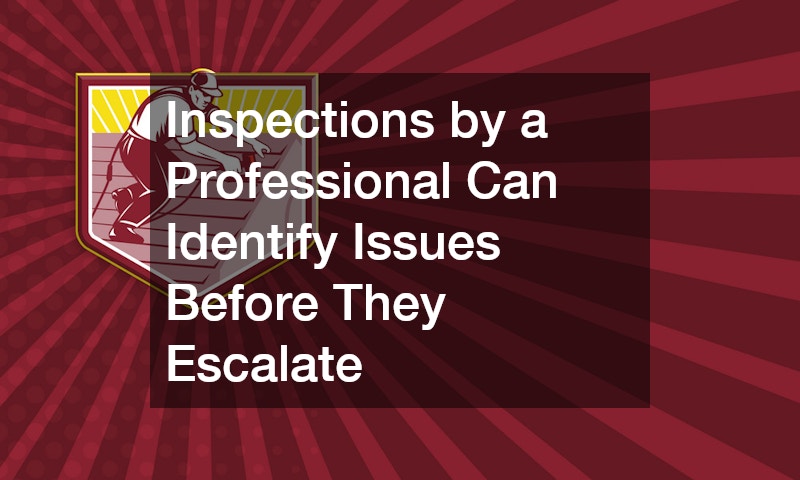Damaged Shingle Needs Replacing? Lets do it!
When it comes to maintaining the integrity of your home, the roof plays a crucial role. A well-maintained roof ensures protection against the elements and adds value to your property. However, over time, shingles can become damaged due to various factors such as weather conditions, age, and improper installation.
This is where roof repair comes into play. Roof repair is essential to keeping your home in top condition and preventing further damage.
Replacing damaged shingles promptly is a critical aspect of this maintenance routine.
Identifying Damaged Shingles
Before diving into replacing your shingles, it’s essential to identify which ones are damaged. Common signs include curling, cracking, and missing granules on the shingles’ surface. Additionally, you may notice discoloration or patches that appear worn out compared to the surrounding areas.
It is beneficial to perform regular inspections, especially after harsh weather events like storms or hail. These inspections can often reveal shingles that have been compromised. Remember, early detection is key to minimizing potential water damage to your roof structure.
Another indicator of damaged shingles is water stains inside your home. If you start noticing these stains on ceilings or walls, it’s a clear sign that your roof may need repair. Addressing the issue promptly can prevent costly repairs down the road.
Tools and Materials You Will Need
Once you’ve assessed the extent of the damage and determined which shingles need replacing, it’s time to gather your tools and materials. Commonly needed tools include a ladder, roofing nails, a hammer, and a pry bar for removing damaged shingles. It’s also essential to have new matching shingles to ensure uniformity.
Don’t forget safety equipment like gloves and protective eyewear to ensure you’re safe while working on your roof. It might also be helpful to have a utility knife for cutting shingles to fit around obstacles and a caulking gun to apply roofing cement where necessary. These tools will equip you adequately to tackle most basic roof repair jobs.
Before starting, check if there are additional specific tools for your roof type or shingle brand. Investing time in preparation can save you effort and ensure a smoother repair process. Proper preparation with the right materials and tools is vital to successful and lasting roof repair.
Step-by-Step Process for Replacing Shingles
Begin by carefully climbing onto the roof using a secure ladder. Once you’re up there, locate the damaged shingles you previously identified. Use the pry bar to gently lift the shingles that overlap the damaged one, which will give you access to the nails holding the damaged shingle in place.
Cautiously remove the nails with a hammer or nail puller, taking care not to damage the surrounding shingles. Once the nails are out, slide out the damaged shingle. Align the new shingle in place, ensuring it matches the pattern and position of the surrounding shingles.
Secure the new shingle with roofing nails, making sure each nail is driven through the appropriate tab. Check that the overlap is correct and apply roofing cement if needed to ensure a watertight seal. This meticulous approach to roof repair guarantees the longevity and durability of your newly repaired roof.
Maintenance Tips for Prolonging Roof Life
Regular maintenance is critical to extending the life of your roof and preventing future damage. Begin by cleaning your gutters consistently to prevent water backup and potential roof leaks. Debris, leaves, and dirt can obstruct water flow, causing it to seep under shingles.
Trimming overhanging tree branches can also minimize the risk of damage from storms. Fallen branches can scrape and puncture shingles. Moreover, regular inspections by a professional can identify issues before they escalate, ensuring timely roof repair.
A well-ventilated attic can also help maintain your roof’s health. Proper ventilation keeps temperatures balanced, preventing the curling and cracking of shingles. Implementing these tips into your home maintenance routine ensures a safer and longer-lasting roof.
When to Contact a Professional
While many homeowners feel comfortable tackling small roof repair tasks themselves, knowing when to call a professional is crucial. Extensive damage or multiple layers of damaged shingles often require expertise beyond the average DIY enthusiast. Attempting such repairs without experience can lead to further damage.
Professionals are equipped with the knowledge and tools to efficiently and safely handle complex roof repairs. If you’re unsure about the extent of the damage or the repair process, it’s wise to consult with a roofing contractor. This can prevent escalated costs and extend the overall life of your roof.
Remember, investing in professional help when needed ensures safety, quality, and peace of mind. Whether you decide to tackle the repair yourself or call on the professionals, regular roof maintenance remains essential for a secure and protected home. Embrace the commitment to roof repair and keep your home’s first line of defense strong.


